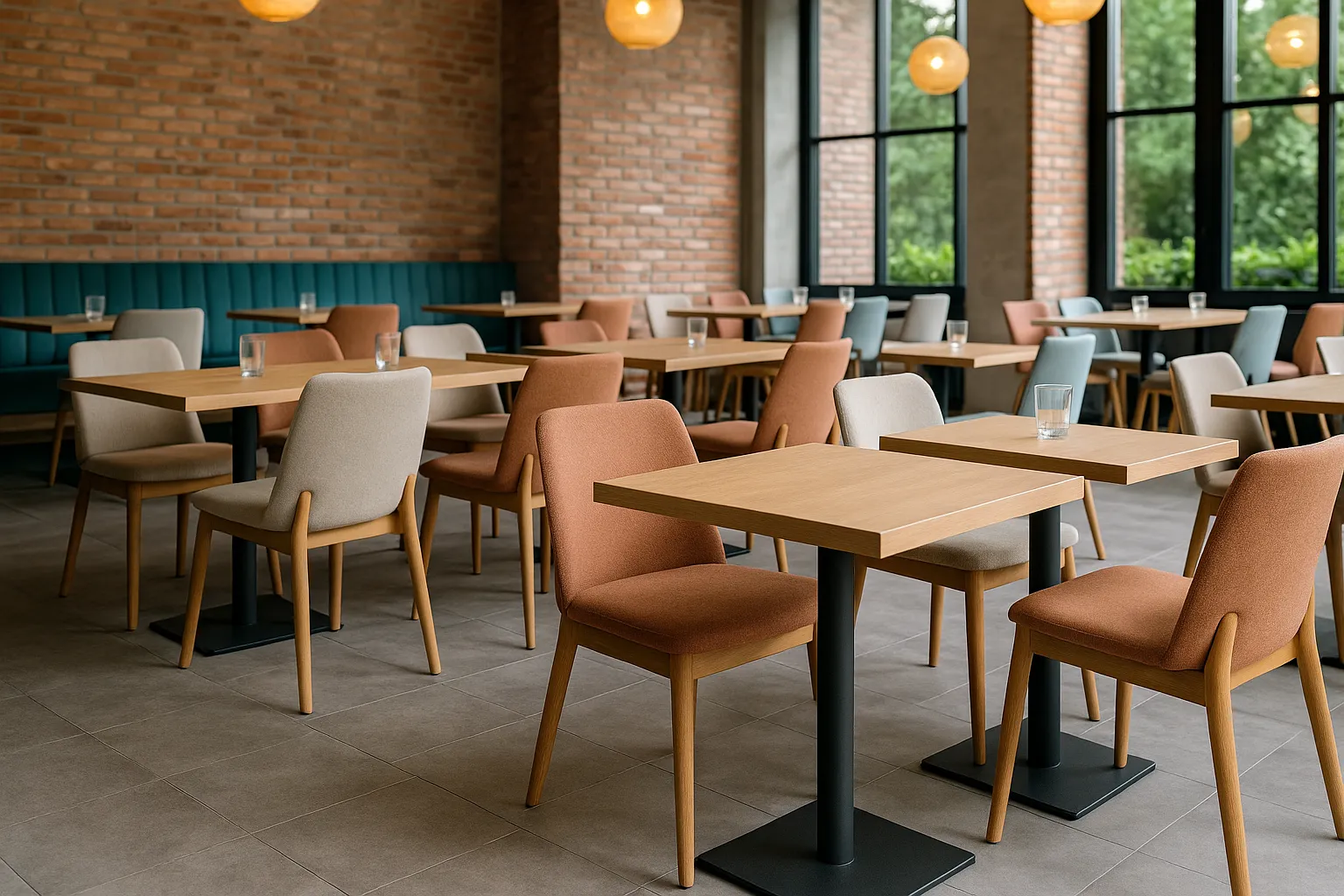The Ancient Beginnings of Cádiz
Cádiz, one of the oldest continuously inhabited cities in Europe, boasts a history that dates back over 3,000 years. Founded by the Phoenicians around 1100 BCE, this coastal gem was originally known as Gadir. Its strategic location on the Atlantic coast made it a vital hub for trade and cultural exchange. The Phoenicians established Cádiz as a thriving port, connecting the Mediterranean with the Atlantic and beyond.
As the city grew, it became a melting pot of cultures, with influences from the Carthaginians, Romans, and Moors. Each civilization left its mark, shaping the unique identity of Cádiz. Today, visitors can explore remnants of these ancient times, from archaeological sites to historical landmarks. For those interested in delving deeper into this rich history, a Free tour Cádiz offers an excellent starting point.
Roman Cádiz: The Golden Age
Under Roman rule, Cádiz, known as Gades, flourished as a prosperous city. It became an important center for trade, commerce, and culture in the Roman Empire. The city was renowned for its amphitheater, aqueducts, and temples, some of which can still be seen today. The Roman influence is evident in the city’s architecture and urban planning, which laid the foundation for modern Cádiz.
During this period, Cádiz was also famous for its salted fish and garum, a fermented fish sauce highly prized across the Roman world. The city’s wealth and prominence attracted merchants, artisans, and scholars, making it a vibrant hub of activity. Exploring the Roman heritage of Cádiz provides a fascinating glimpse into its golden age.
The Moorish Era: A Cultural Renaissance
In the 8th century, Cádiz fell under Moorish control, marking a new chapter in its history. The Moors introduced advanced agricultural techniques, architectural innovations, and a rich cultural heritage. The city’s skyline was transformed with the addition of mosques, palaces, and fortifications.
One of the most significant contributions of the Moors was the introduction of the Arabic language and Islamic art, which influenced the local culture and traditions. The legacy of this era can still be seen in the intricate designs and patterns that adorn many buildings in Cádiz. A Free walking tour Cádiz often highlights these Moorish influences, offering a deeper understanding of their impact on the city.
The Age of Exploration: Cádiz as a Gateway to the New World
During the 15th and 16th centuries, Cádiz played a pivotal role in the Age of Exploration. As Spain embarked on its quest to discover new lands, the city became a key port for expeditions to the Americas. Christopher Columbus himself set sail from Cádiz on several occasions, cementing its place in history as a gateway to the New World.
The wealth and treasures brought back from the Americas transformed Cádiz into a bustling and prosperous city. Its strategic importance also made it a target for pirates and rival nations, leading to the construction of impressive fortifications to protect its shores. This era of exploration and adventure is a testament to the city’s resilience and adaptability.
The 18th Century: Cádiz as a Cultural and Economic Powerhouse
By the 18th century, Cádiz had become one of the most important cities in Spain. Its port was a hub for trade with the Americas, and its wealth attracted artists, writers, and intellectuals. The city was a center of enlightenment, where ideas of liberty and democracy flourished.
During this time, Cádiz also played a crucial role in the Spanish War of Independence. The city’s residents resisted French occupation, and the 1812 Constitution, known as “La Pepa,” was drafted here. This historic document laid the groundwork for modern democracy in Spain and is a source of pride for the people of Cádiz.
Modern Cádiz: A Blend of History and Vibrancy
Today, Cádiz is a city that seamlessly blends its rich history with a vibrant modern culture. Visitors can stroll through its narrow streets, lined with colorful buildings and lively plazas, or relax on its beautiful beaches. The city’s annual Carnival is one of the most famous in Spain, attracting visitors from around the world.
For history enthusiasts, Cádiz offers a treasure trove of landmarks and museums, including the Cádiz Museum and the Torre Tavira. A Free tour Cádiz is an excellent way to explore these attractions and learn about the city’s fascinating past.
Conclusion: Lessons from Cádiz’s History
The history of Cádiz is a testament to the resilience and adaptability of its people. From its ancient beginnings as a Phoenician settlement to its role as a cultural and economic powerhouse, the city has always been a beacon of innovation and progress. Its rich heritage serves as a reminder of the importance of cultural exchange and the enduring impact of history on our modern world.
By exploring the history of Cádiz, we can gain a deeper appreciation for the city’s unique identity and the lessons it offers for the future. Whether you’re a history buff or simply looking for a memorable travel experience, Cádiz is a destination that promises to captivate and inspire.




